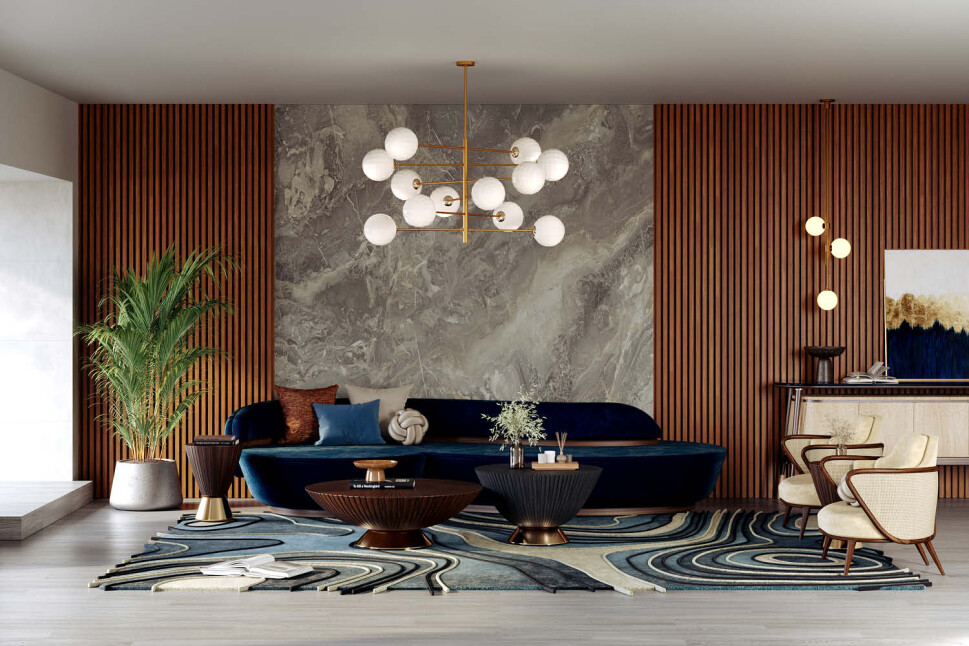European culture has long been the benchmark for sophistication and refinement, and its influence on global luxury living remains unrivaled. From fashion houses in Paris to interior design in Milan and lifestyle habits across Scandinavia and the Mediterranean, Europe continues to inspire a sense of timeless elegance that defines high-end living around the world.
At the heart of this influence is a deep respect for heritage. In Europe, luxury is not simply about price or exclusivity; it is about craftsmanship, tradition, and authenticity. Whether it’s a finely tailored suit from Savile Row, hand-stitched leather goods from Florence, or a delicately prepared meal in Provence, the emphasis lies in the story behind the creation. These elements are not trends they are enduring values passed down through generations.
European fashion, in particular, continues to set the tone for global luxury. The seasonal showcases in Paris, Milan, and London are not just about clothes but about storytelling through fabric, silhouette, and mood. Designers often draw from rich cultural history, architecture, and art movements to shape their collections. This connection to culture creates garments that are both current and timeless able to transcend seasons and continents.
In lifestyle and interior design, Europe promotes a balance between beauty and functionality. Scandinavian design, for example, champions minimalism and purpose, offering clean lines, neutral palettes, and a focus on comfort and nature. Meanwhile, the Mediterranean lifestyle emphasizes warmth, community, and sensual living think sunlit terraces, long shared meals, and attention to aesthetic details that enhance daily routines. This slow-living philosophy resonates globally, especially in fast-paced urban environments where people are seeking calm and connection.
European luxury is also evolving to meet contemporary values. Sustainability, once a niche concern, is now central. Luxury brands are embracing eco-conscious materials and ethical practices without compromising on quality or style. This shift reflects a broader European mindset where luxury is not about excess, but about intentional, thoughtful living.
Art, music, cuisine, and architecture are all integral parts of this cultural fabric. A European approach to luxury integrates all these elements into a lifestyle that prioritizes depth, appreciation, and a certain quiet confidence. It is less about ostentation and more about knowing knowing the history behind a bottle of wine, the artisan who crafted a handbag, or the composer who inspired a piece of interior decor.
In a globalized world, the European ideal of luxury remains a touchstone. It continues to remind us that true sophistication lies not in the new, but in the timeless.

